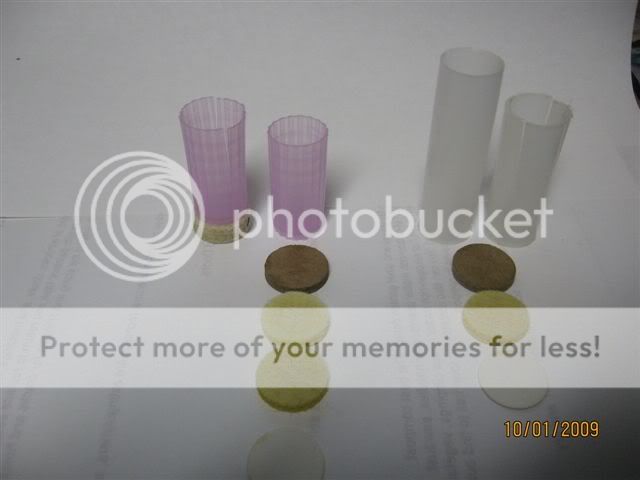I know that a plastic wad allows for steel shot, from what I read from Zonie's post.
However, it seems to me . . . .and I may be wrong as I am just learning and building my first smoothbore now . . .that there is an option that can be shot through a smoothbore just like lead. . . I think it is tungsten . . is that correct or incorrect? Or is it bismuth that can be shot just like lead w/o harming our barrels ? Or is it none of the above? Do they all need a plastic wad? Just wondering what I need to buy if I want to try to hunt ducks with a smoothbore fowler.
Thanks
I played that game so many years ago.
My blackpowder smoothbores are not choked, so there is NO restriction at the muzzle to impede the passing of the shot as it leaves the bore…so I don’t worry about damage to my bore. If the damage is going to happen, it’s going to happen at the muzzle at the choke point.
Steel shot does not deform in the barrel, so shot patterns will be tighter, as compared to using lead shot. Lead shot deforms, the hardness of the shot determines the degree to which it deforms, but all lead shot deforms.
If you want a denser pattern for water fowl at a specific range, develop a load that uses more steel shot.
The one constant the really matters is 1500 ft per second. If your load will develop a velocity of AT LEAST 1500 ft per second, you are solid with steel BB, BBB, or T shot out to 40 yards on geese, which is what I hunt primarily, when it comes to waterfowl & smoke poles. For geese I swear by T shot, for ducks I use the same powder loads as geese, but I drop back to steel 4 & 5 shot and limit my shots to 30 to 35 yards.






